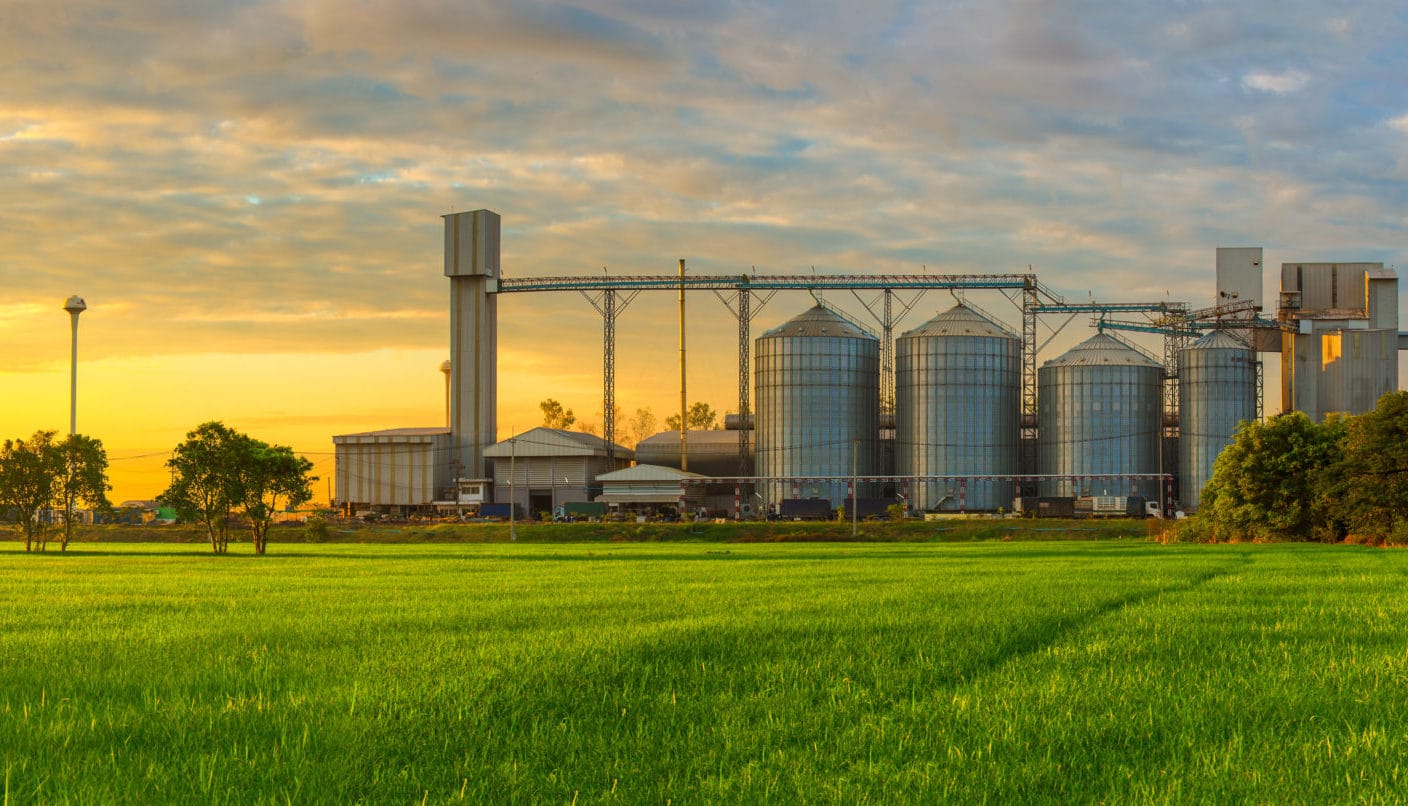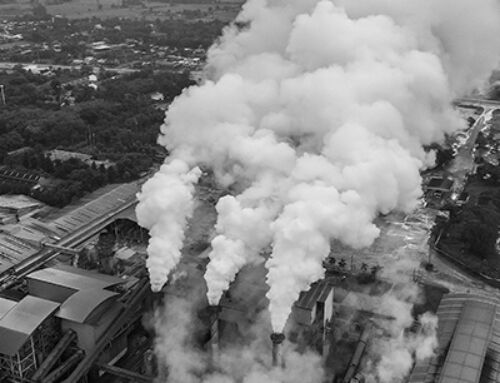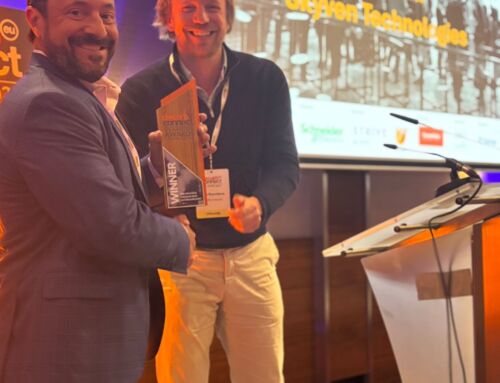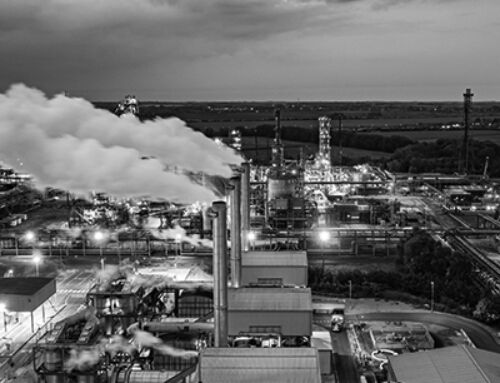Decarbonization doesn’t have to be difficult, complicated, or expensive. While we’re going to need to make significant investments to reach the Paris Agreement’s target of limiting global warming to less than 2°C, it’s easier to get started than you might have thought.
Instead of rethinking your operations from the ground up, we advocate for first reaching towards the low hanging fruit. This means that we won’t actually change anything about the processes themselves, but rather we can improve how energy flows throughout them.
Our goal amounts to reducing how much thermal energy we waste by recycling and reusing it for multiple processes. It’s about being more efficient with what we already have.
Food and beverage companies have an incredible opportunity to quickly decarbonize because their processes span the range of thermal activities, from freezers to boilers, and because these processes require relatively low temperatures compared to other industries like steel or cement.
Customers are voting with their wallets, giving food and beverage companies a mandate to start decarbonizing their facilities. These are the 3 easiest ways to get started.
#1) Boilers
From cooking to sanitation to sterilization, steam is a key ingredient at every food and bev plant. This steam usually originates from burning natural gas in a boiler, and while our long-term goal should be replacing the fossil fuel with sustainable energy, our short-term vision is getting everything that we can from that boiler.
First, we have to look at the byproducts of burning natural gas: carbon-dioxide and water vapor. When we send that vapor up the smoke-stack, we’re throwing away around 20% of the energy created by the boiler.
However, we can condense the water vapor from the exhaust and recover a significant portion of the otherwise wasted heat. On top of the energy savings, this approach also recovers a fair amount of clean water, another major priority for fighting climate change.
By simply implementing a solution to make use of what we already have, we kill two birds with one stone.
#2) Refrigerators and Freezers
Whether we’re freezing the product to prepare for shipping or keeping raw ingredients in an industrial refrigerator, we’re moving heat from one place to another. Just like an AC unit blows cold air on one side and hot air on the other, these systems do the same. Too often, however, we only focus on the cooling side, and we throw away the heat.
Let’s use the heat that’s coming out of the other side to heat other things. Since the boiler make-up and feed water needs to be heated anyways, let’s use some of the heat that’s coming off the chillers to do so.
To accomplish this, we use networks of heat exchangers. These systems transfer heat from one place to another, enabling us to direct the refrigerator’s thermal exhaust to any number of other processes.
#3) Dryers
Many products need to be dried before packaging because moisture creates an environment for mold and bacteria. Of course, we use heat to pull that moisture out, and then all that heat and water vapor goes up the stack and into the atmosphere.
Let’s capture that heat and use it. Using the same technologies that we leveraged to maximize our boilers’ and chillers’ efficiencies, we can harness the thermal energy and clean water that are byproducts of this process.
We can even feed this heat directly back into the dryer by preheating the air that goes into it. This simple, circular solution requires very few steps to accomplish, and it makes the drying process significantly more fuel efficient.
Conclusion
Ultimately, the fastest and easiest way to begin decarbonizing food and beverage processes is by recycling heat. Our country may have long derived a competitive advantage from plentiful and cheap energy, but the truth is that we can no longer afford to waste energy. We need to be more conscious about how we use fossil fuels. Being more diligent about recycling resources is the best way to begin the transition to a more sustainable future.
We understand that it can be overwhelming. When management receives a mandate from their customers and investors to reduce their carbon footprint, it can be hard to know where to start. As the global effort to decarbonize accelerates, more technologies and vendors are emerging to tackle the challenge. Nobody expects you to become a specialist in decarbonization.
That’s where we come in. We’re the specialists. We spend everyday working to help manufacturers reduce their carbon footprints. We know what makes sense where, when, and in what order. We’ll save you the time and the headache, and we guarantee our results.
Ready to learn more about decarbonizing your food and beverage plant? Contact us today to schedule a free consultation.





